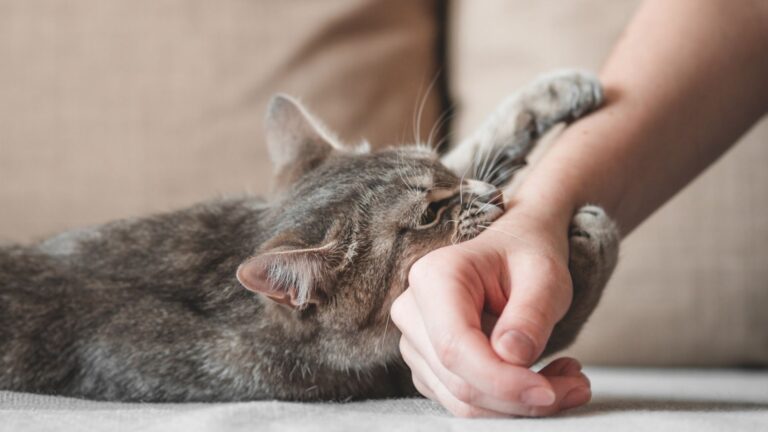17 Smart Tips For Introducing Cats To Other Household Pets
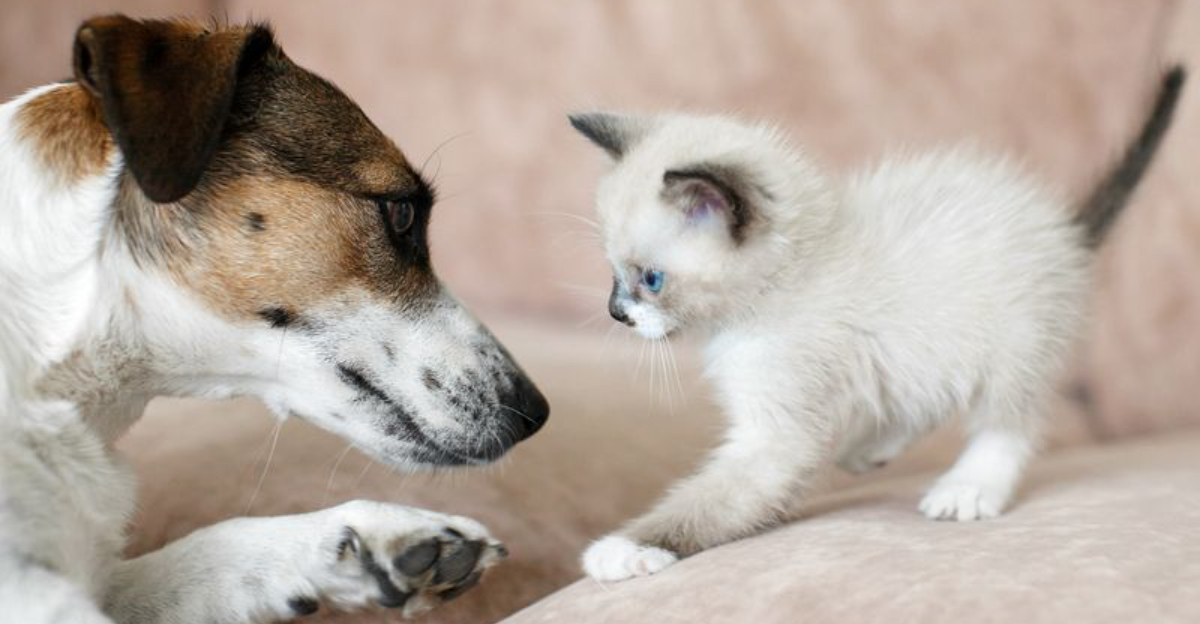
Bringing a new furry friend home can be exciting, but it can also be stressful for your existing pets. Cats, with their territorial nature, often need extra care when meeting new animal housemates.
The right approach can make all the difference between a peaceful home and constant fur-flying battles.
1. Neutral Territory First
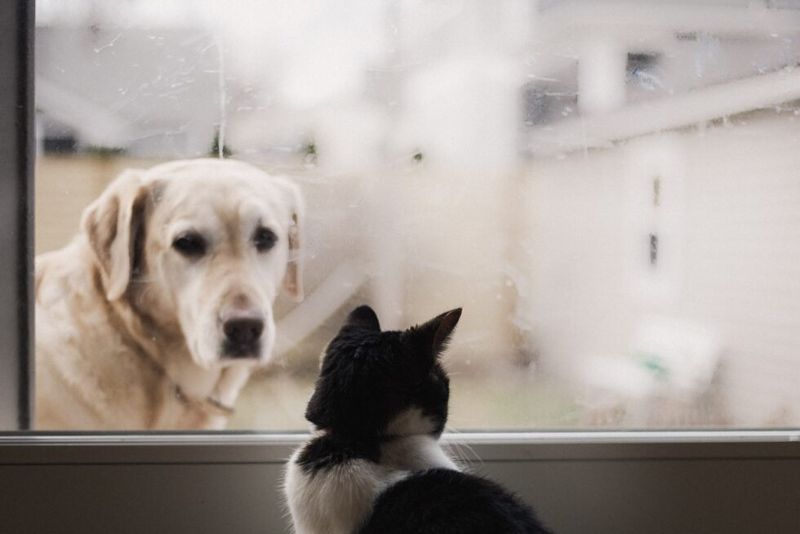
Meeting on neutral ground prevents territorial disputes from the start. Choose a space neither pet claims as their own, like a rarely-used room or a friend’s place.
This strategy reduces the ‘intruder’ feeling that can trigger aggression in your resident cat.
2. Scent Swapping Works Wonders

Before face-to-face meetings, exchange bedding between pets to familiarize them with each other’s scent. Rub a towel on one pet and let the other sniff it.
This clever trick helps them recognize each other as familiar when they finally meet in person.
3. Create A Kitty Escape Route
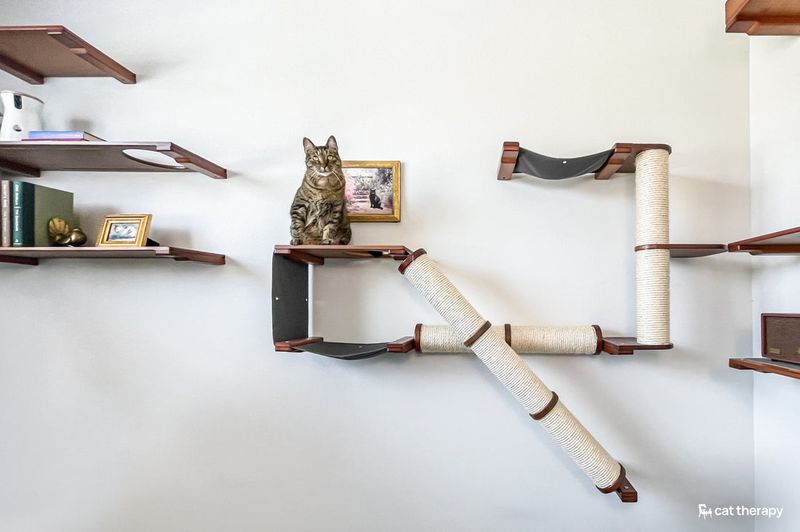
Ever watched a cornered cat? Pure panic! Set up high perches, cat trees, or shelves where your feline can retreat when feeling overwhelmed.
These vertical escape routes give cats confidence during introductions. When they know they can escape, they’re less likely to lash out defensively.
4. Gradual Visual Introduction

Baby gates or screen doors create perfect see-but-not-touch scenarios. Your pets can safely observe each other without physical contact.
Start with brief sessions, gradually extending the time as they grow comfortable with this arrangement. Watch their body language for signs of stress or relaxation.
5. Reward Calm Behavior
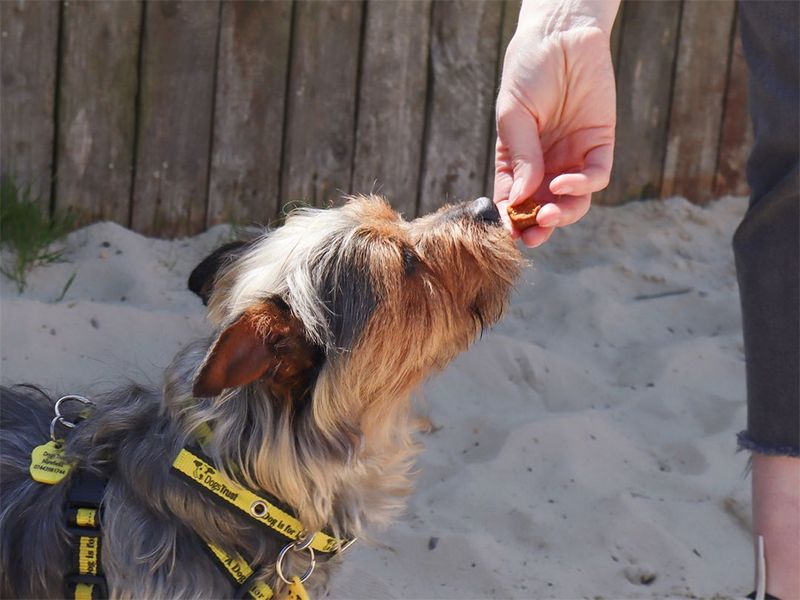
Tasty treats turn tense meetings into positive experiences! Keep special goodies ready to reward both pets when they stay calm around each other.
Positive reinforcement works magic on animal behavior. The goal is creating a happy association: other pet = treats and praise.
6. Maintain Separate Resources
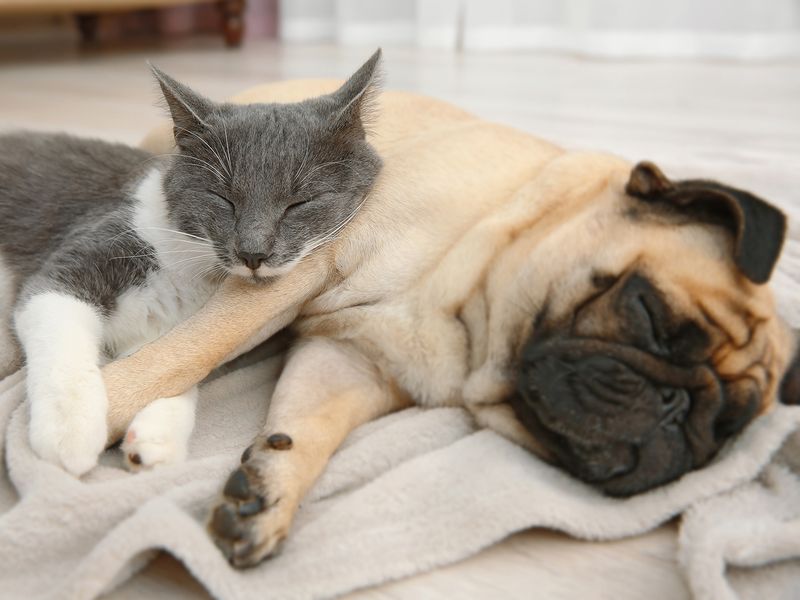
Resource guarding triggers major pet conflicts! Provide separate food bowls, water dishes, beds, and litter boxes for each animal in your home.
Having their own stuff reduces competition and stress. Even friendly pets appreciate their personal dining space and bathroom privacy.
7. Supervised Play Sessions
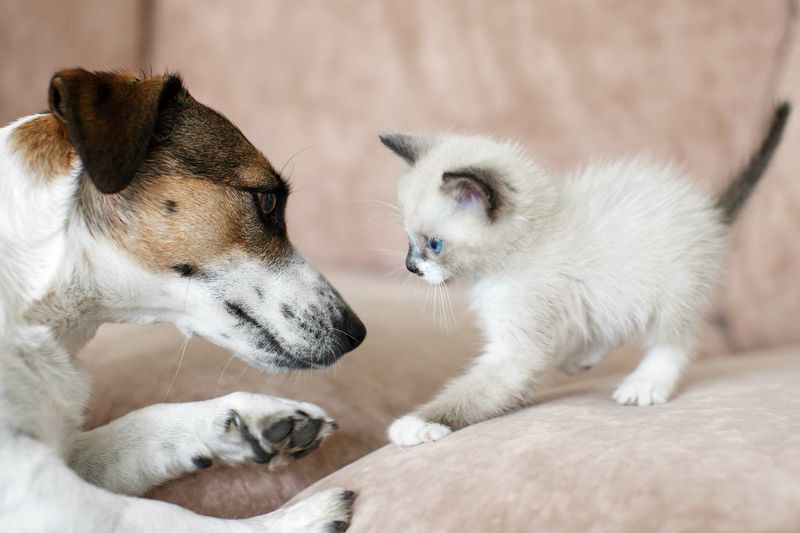
Playtime builds positive connections! Start with brief, supervised interactions using interactive toys that keep paws busy and minds engaged.
Wand toys work wonders for cats and dogs alike. Keep sessions short and sweet at first – just 5-10 minutes – ending before either pet shows signs of stress.
8. Respect Individual Personalities
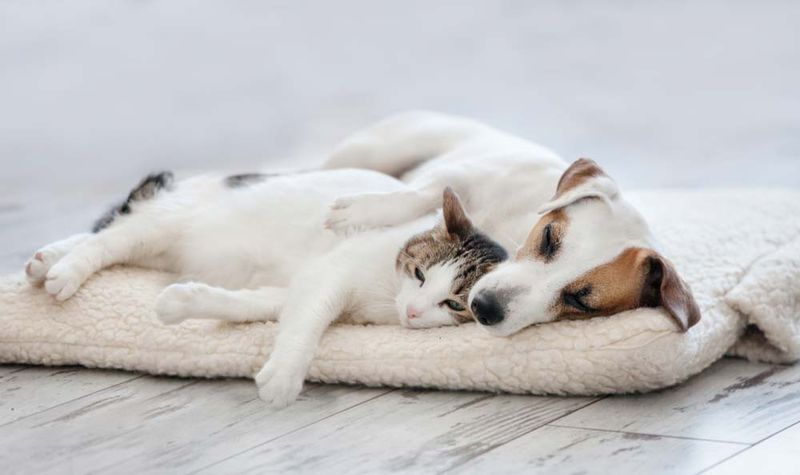
Some furry friends are social butterflies, while others prefer solitude. A shy cat might need weeks to accept new companions, while an outgoing one could adjust in days.
Patience matters most here. Never force interactions or punish hesitation – this only creates negative associations with the other pet.
9. Use Calming Pheromones
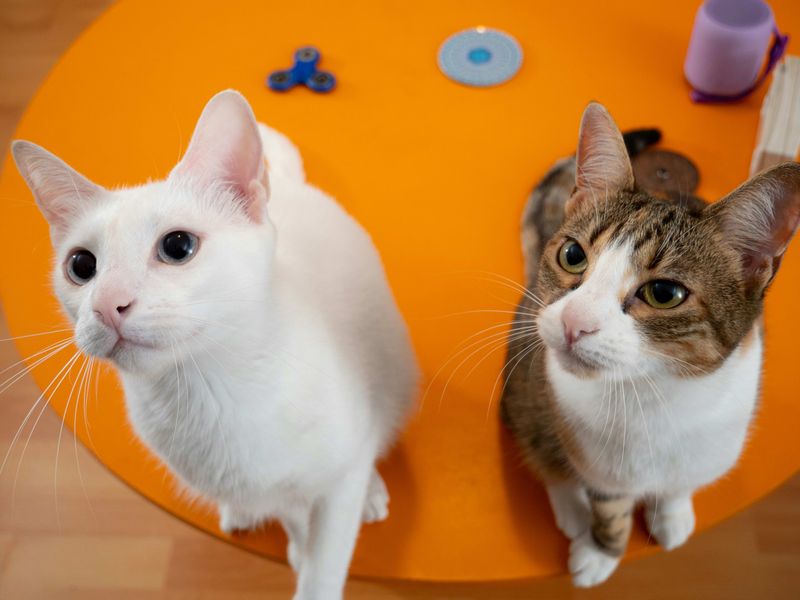
Science gives us amazing tools for pet harmony! Synthetic pheromone products like Feliway for cats and Adaptil for dogs can significantly reduce stress during introductions.
These diffusers or sprays mimic natural calming signals. Many pet parents report noticeable difference in anxiety levels when using these products.
10. Keep Routines Consistent
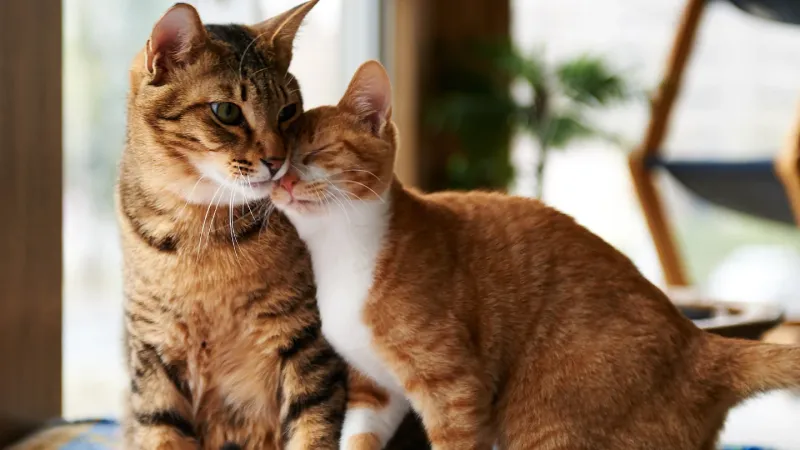
Worried pets find comfort in predictability. Maintain regular feeding times, play sessions, and attention for your resident pet when introducing newcomers.
This consistency reassures them that the new addition isn’t threatening their place in the family. Stick to familiar schedules to minimize stress during transition periods.
11. Watch Body Language Closely
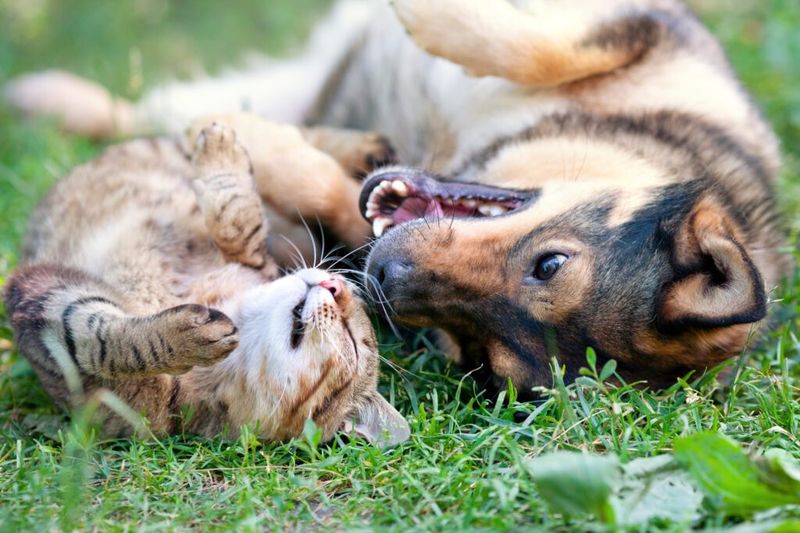
Animals speak volumes without words! Flattened ears, puffed tails, or growling signal it’s time to separate pets immediately.
Learning to read these subtle cues prevents potential conflicts. Relaxed postures, slow blinking from cats, and play bows from dogs indicate growing comfort and acceptance.
12. Consider Size And Energy Levels
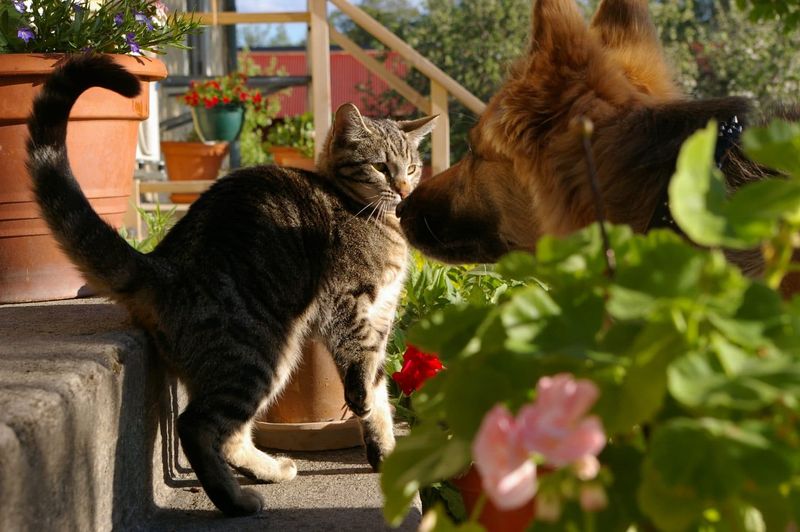
A bouncy Labrador might terrify your senior cat without meaning harm! Match energy levels when possible, or create physical barriers that protect smaller pets.
Some combinations require extra creativity. A rambunctious puppy might need leash training before meeting cats, while prey-driven dog breeds need careful, gradual introductions.
13. Try The Room Swap Method
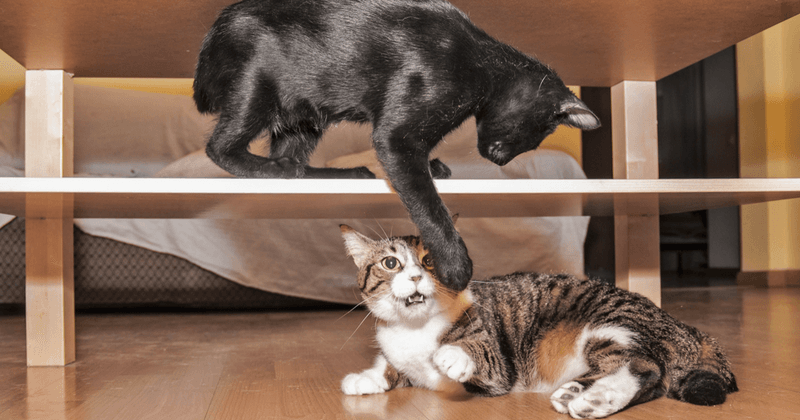
Musical rooms builds familiarity! Temporarily confine each pet to different areas, then switch their locations while keeping them separated.
This clever technique lets them investigate each other’s scents thoroughly without direct confrontation. Start with short periods and gradually increase duration as comfort grows.
14. Feed On Opposite Sides Of A Door
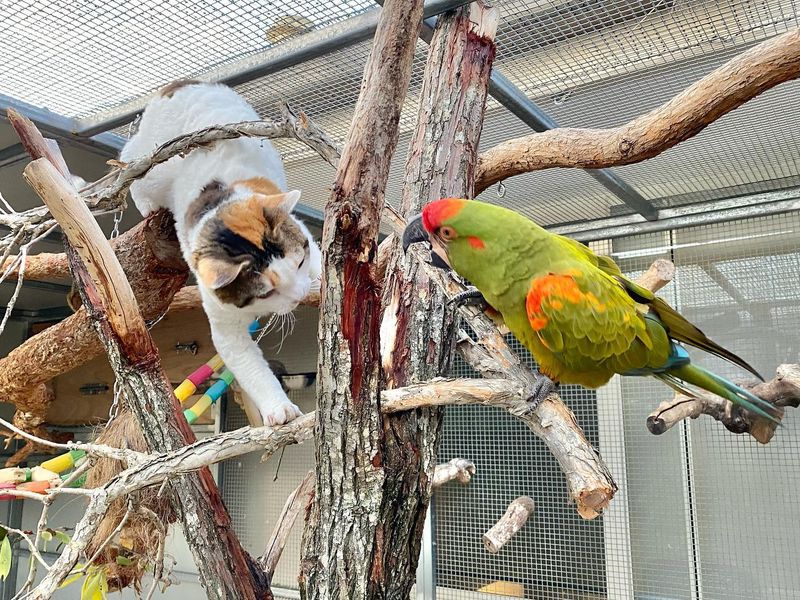
Mealtime magic happens when you serve dinner on opposite sides of a closed door. Pets associate good feelings (yummy food!) with each other’s nearby scent.
Gradually move the dishes closer to the door over several days. Eventually, try feeding with a baby gate instead of solid door for visual contact.
15. Skip The Face-To-Face Greeting
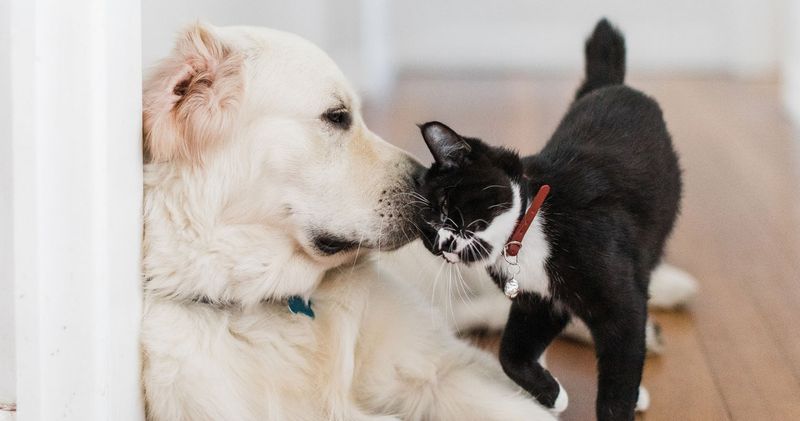
Direct eye contact feels threatening in animal language! Position new pets side-by-side instead of head-on during introductions.
Parallel positioning reduces confrontational feelings. Try walking a leashed dog alongside a cat carrier, or having two people hold pets while sitting next to each other watching TV.
16. Provide Safe Spaces For Everyone
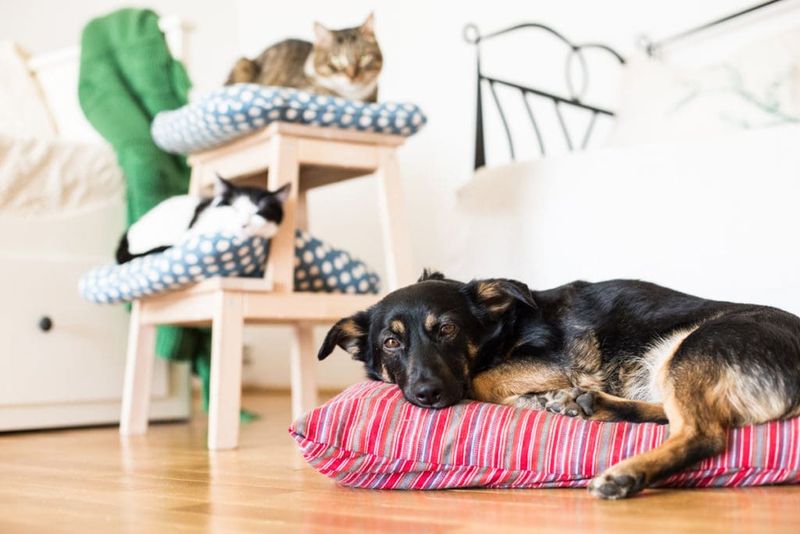
Every pet deserves their private sanctuary! Create designated zones where each animal can retreat without intrusion from others.
For cats, consider installing a microchip-activated cat door to a quiet room. Dogs appreciate crates with comfy bedding where they can decompress when feeling overwhelmed.
17. Be Patient With The Process
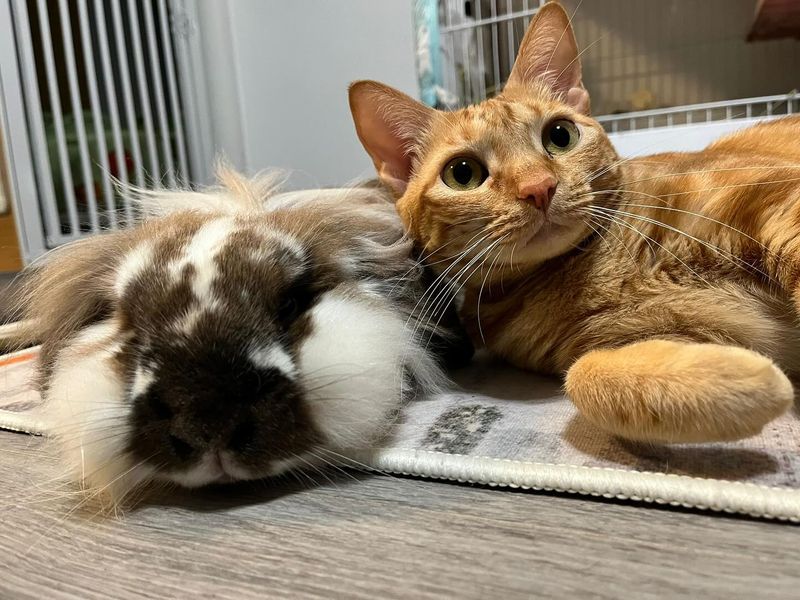
Quick introductions rarely succeed! Some pet pairs become friends in days, while others take months to develop tolerance.
The timeline depends entirely on individual personalities. Rushing creates setbacks that prolong the process. Remember that peaceful coexistence, not necessarily best friendship, is a perfectly acceptable outcome.





